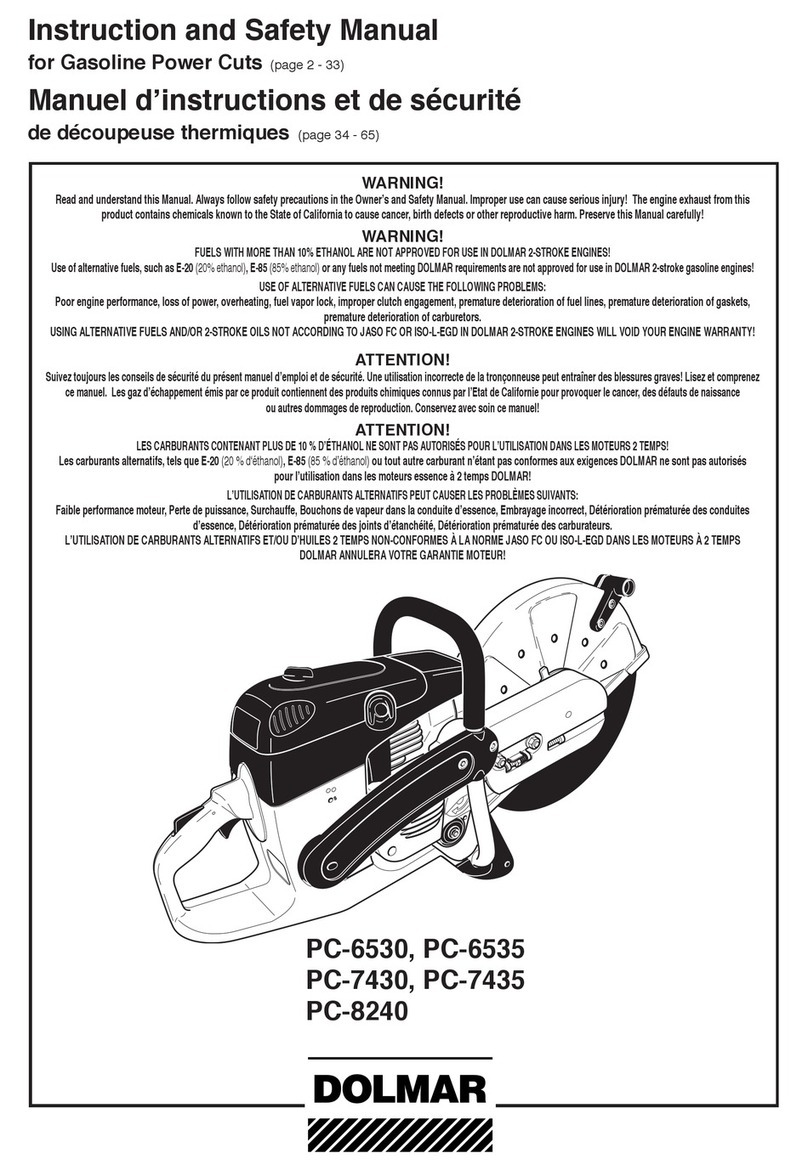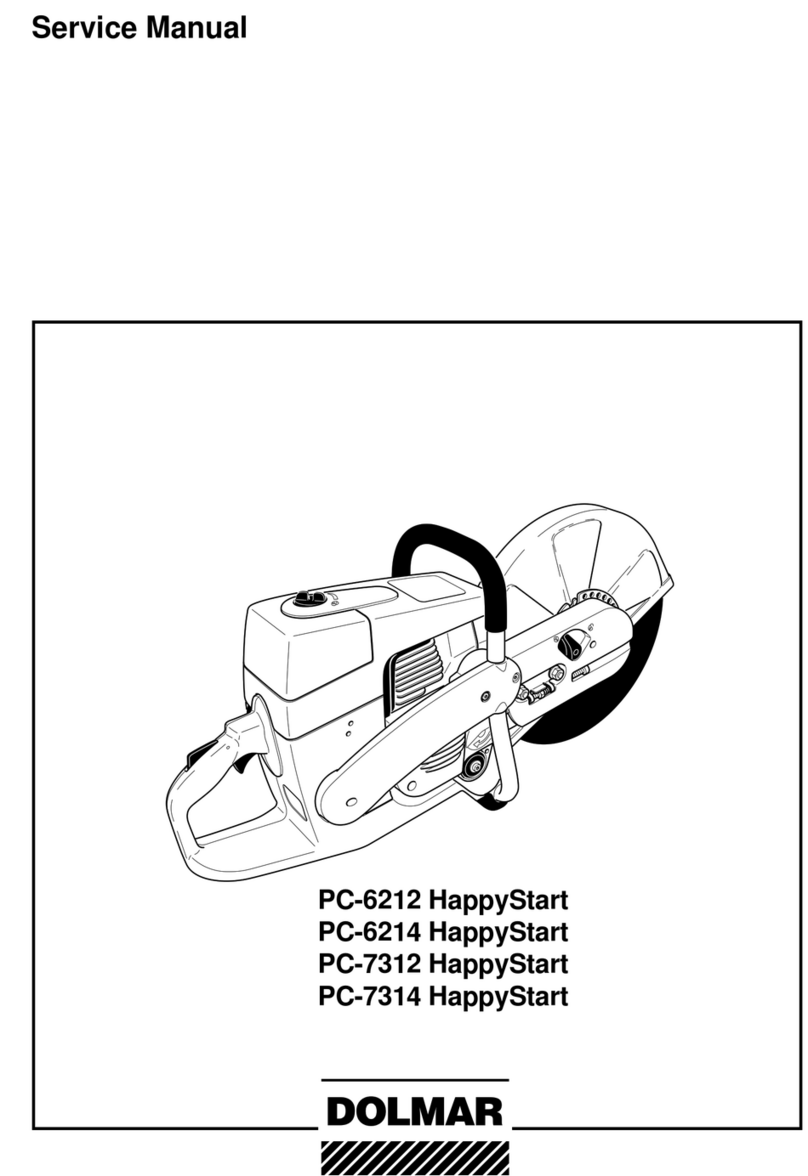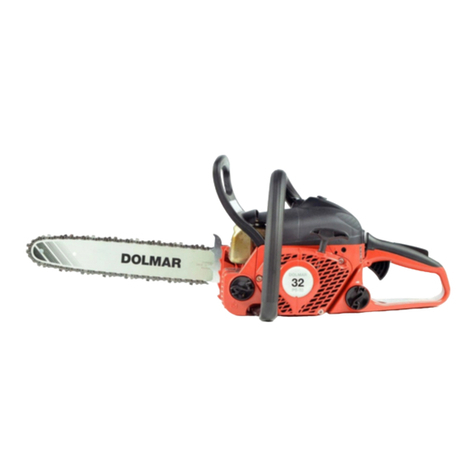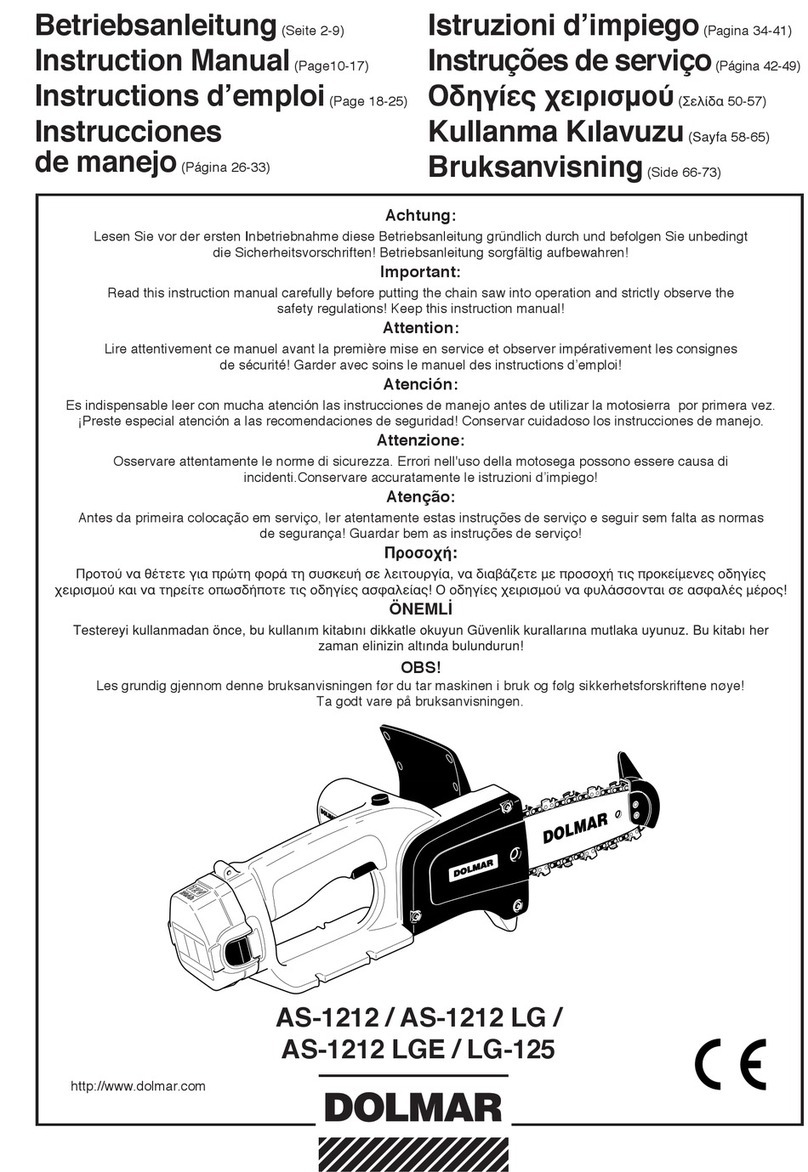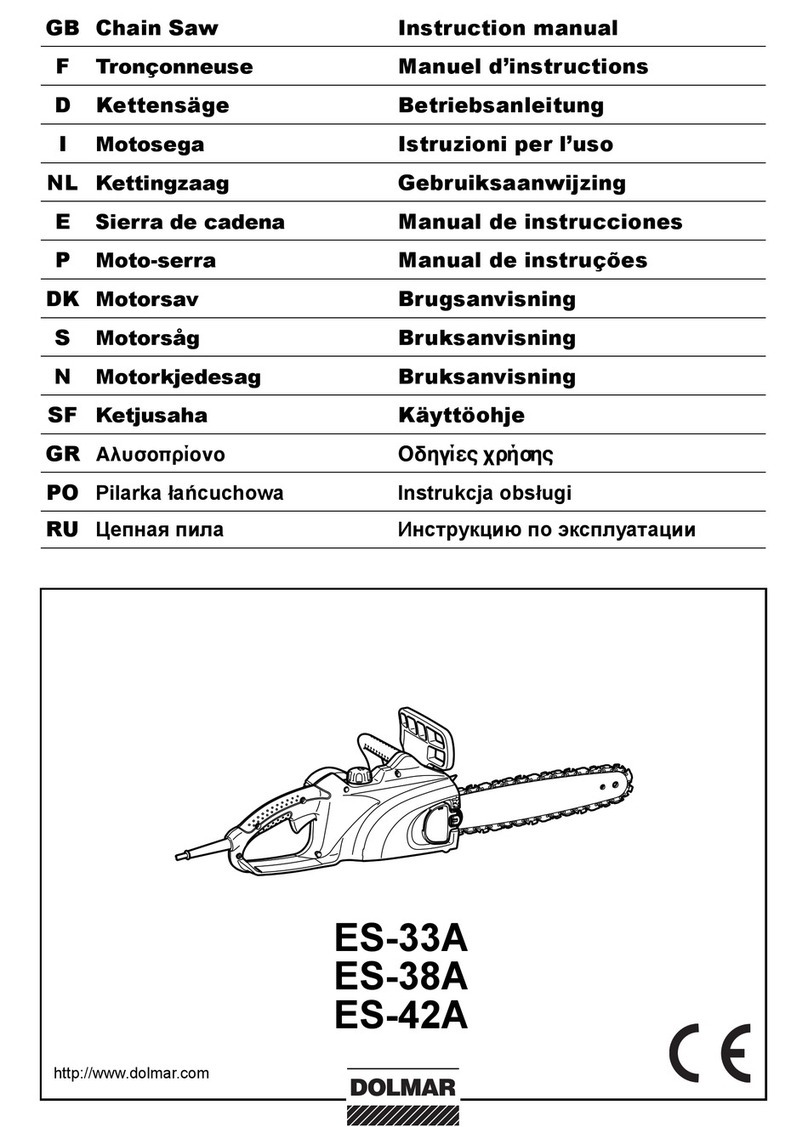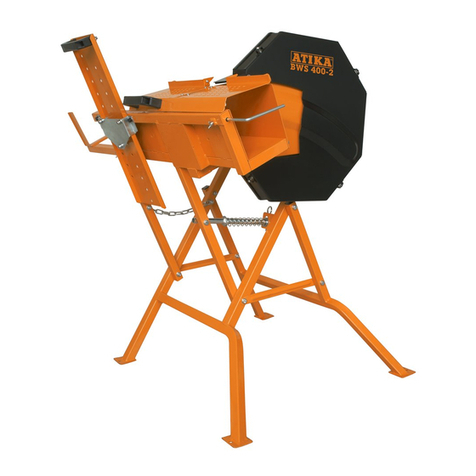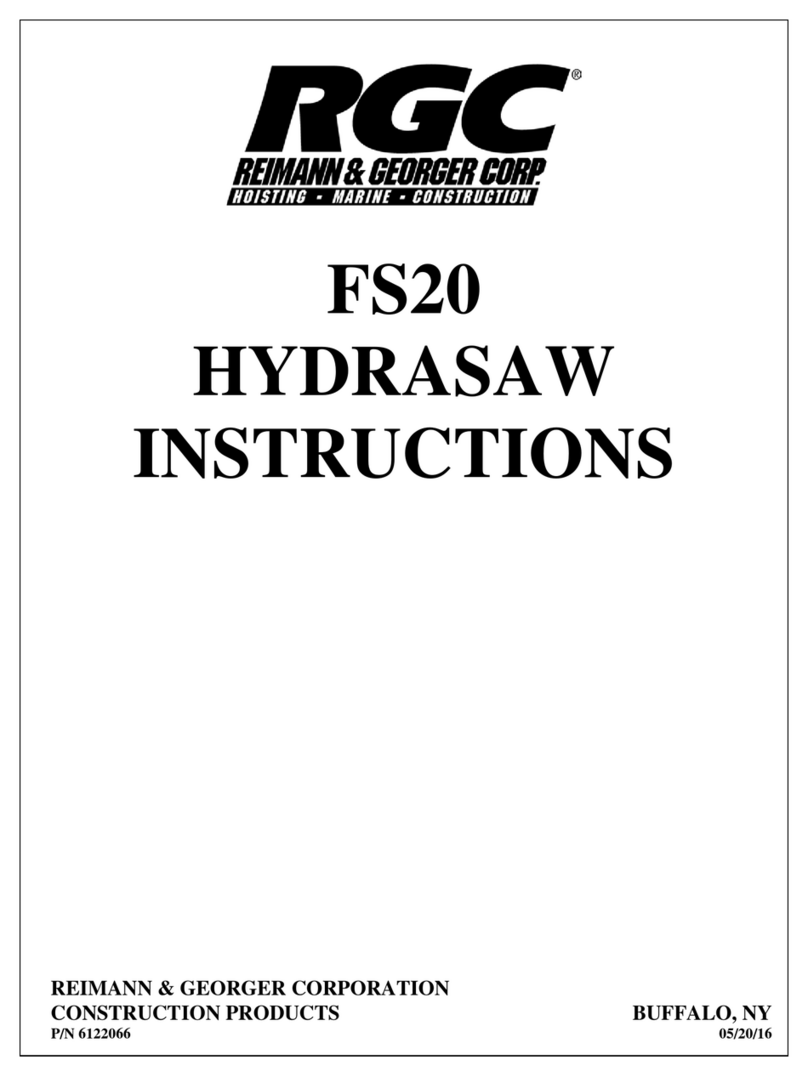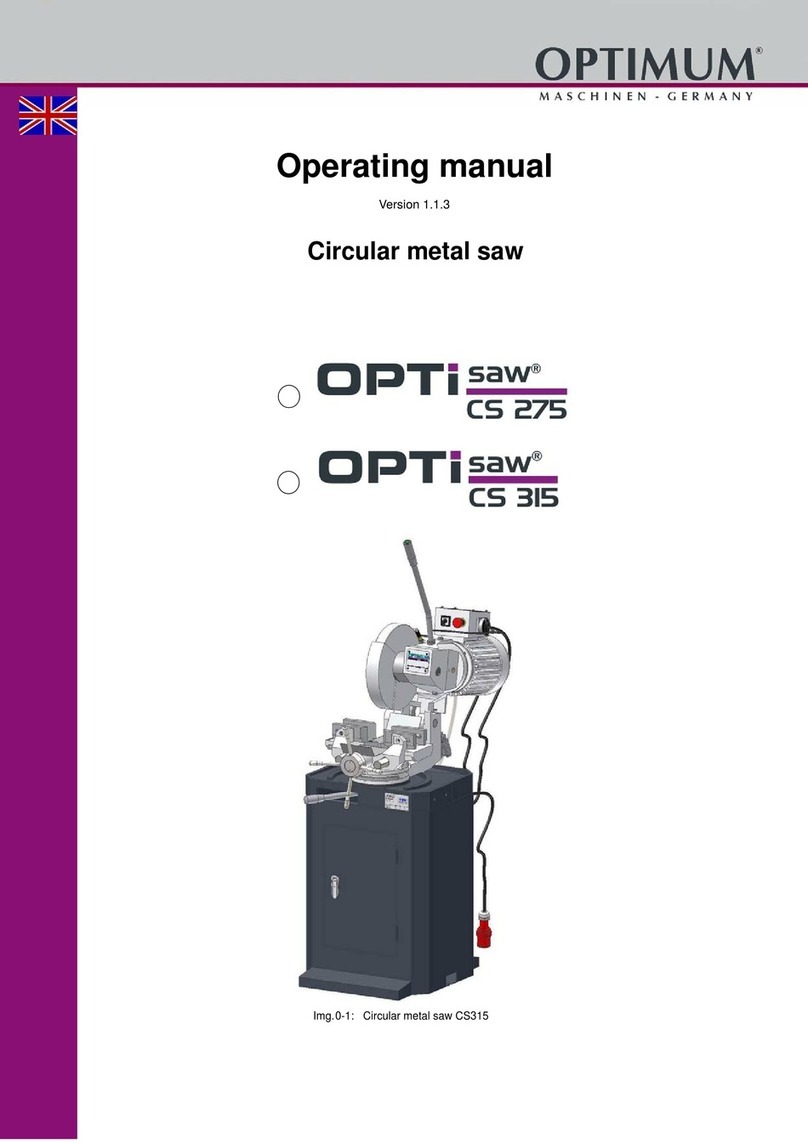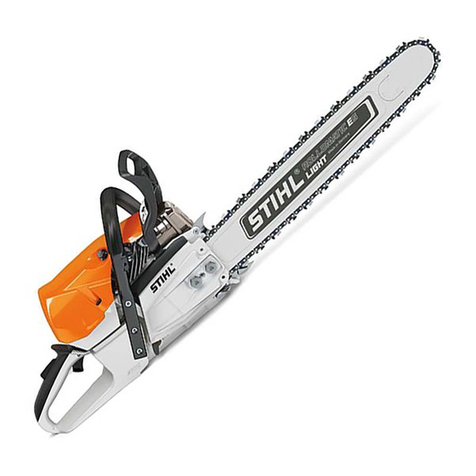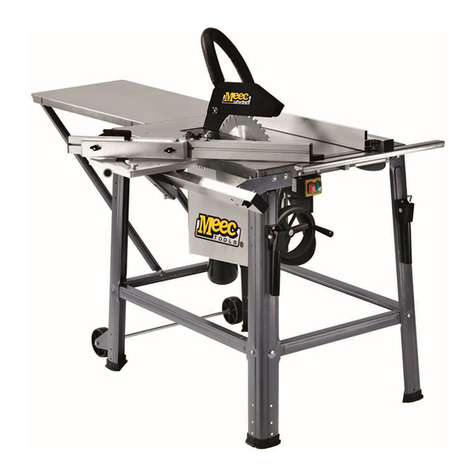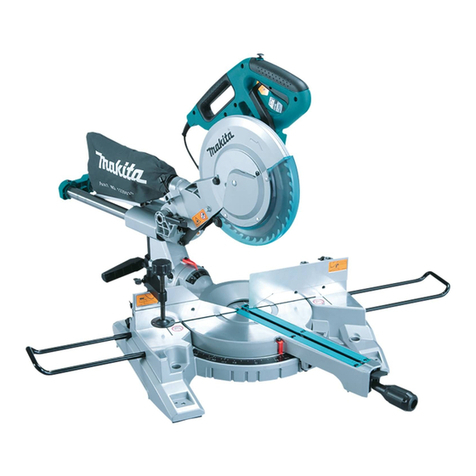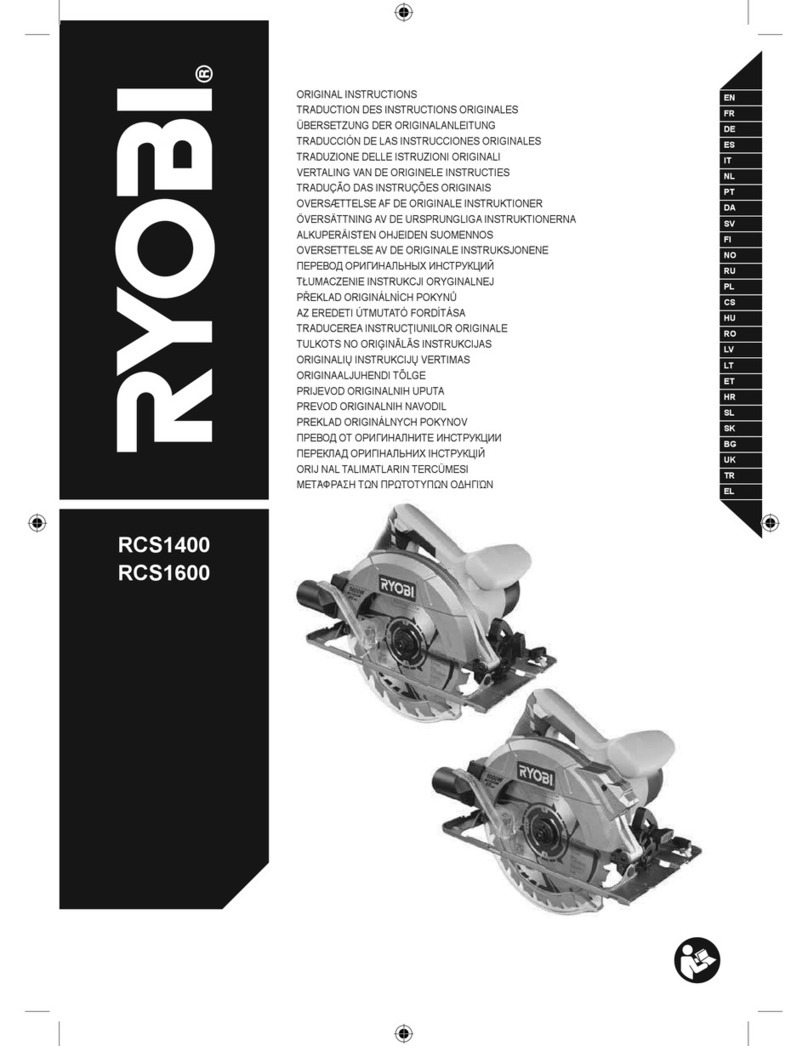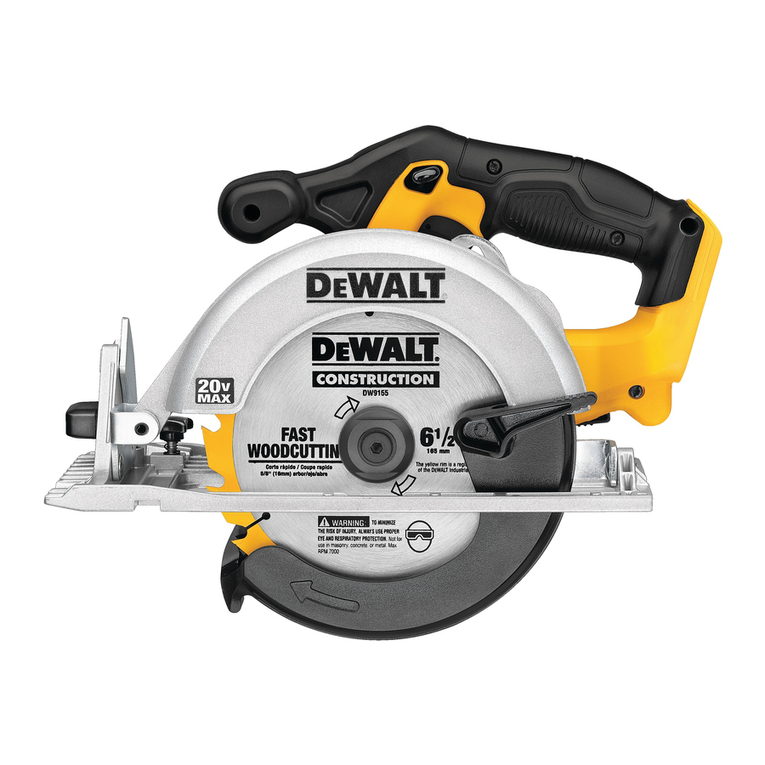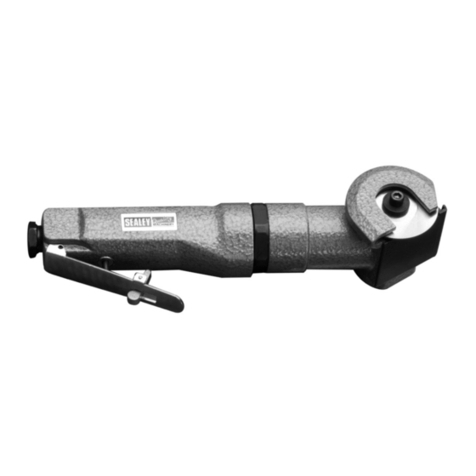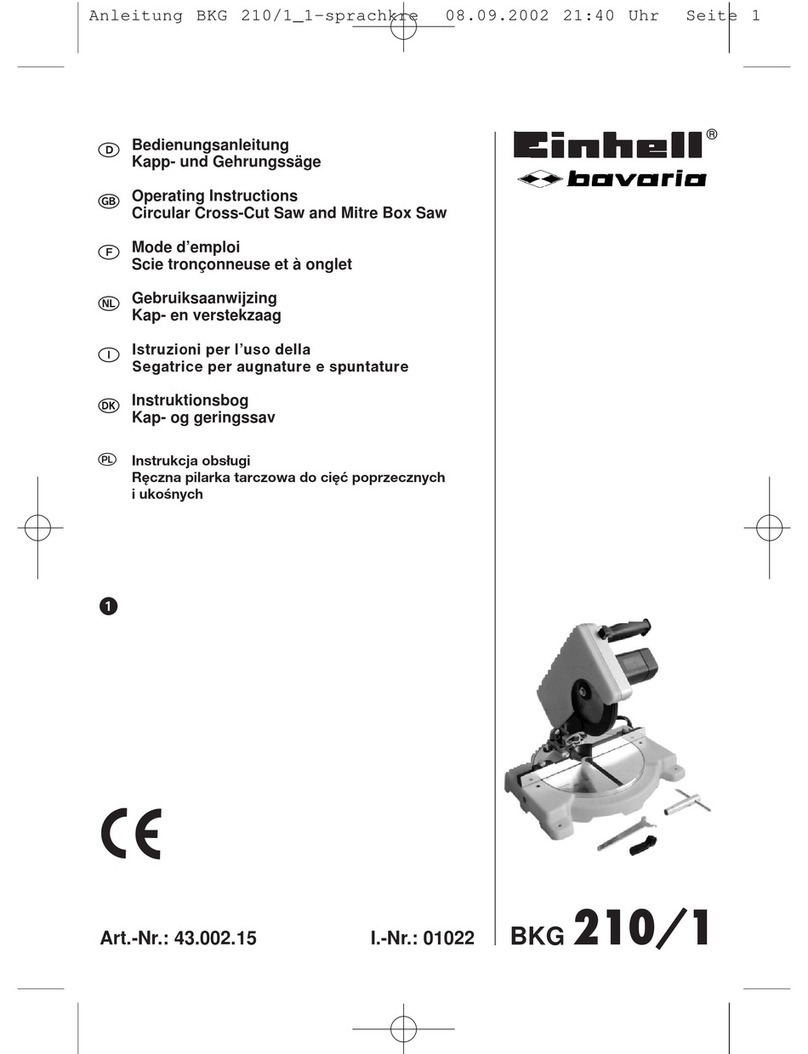10
❏Wear ear protection.
❏Portez une protection pour les oreilles.
❏Einen Gehörschutz tragen.
❏Indossare la protezione delle orecchie.
❏Draag gehoorbescherming.
❏Póngase protección para los oídos.
❏Utilize protectores para os ouvidos.
❏Brug høreværn.
❏Να φοράτε προστατευτικά αυτιών.
❏Wear a helmet, goggles and ear protection.
❏Portez un casque, des lunettes de sécurité et une protection pour les oreilles.
❏Tragen Sie einen Helm, eine Schutzbrille und einen Gehörschutz.
❏Indossare il casco, gli occhiali di protezione e i paraorecchi.
❏Draag een veiligheidshelm, veiligheidsbril en oorbescherming.
❏Póngase casco, gafas de seguridad y protección para los oídos.
❏Use um capacete, óculos de segurança e protectores para os ouvidos.
❏Bær hjelm, sikkerhedsbriller og høreværn.
❏Να φοράτε κράνοσ και µέσα προστασίασ ρασησ και ακοήσ.
❏Use appropriate protection for foot-leg and hand-arm.
❏Portez des protections adéquates pour les pieds, les jambes, les mains et les bras.
❏Angemessenen Schutz für Füße/Beine und Hände/Arme verwenden.
❏Usare le protezioni appropriate per i piedi, le gambe, le mani e le braccia.
❏Gebruik afdoende beschermingsmiddelen voor voet/been en hand/arm.
❏Utilice protección apropiada para pies-piernas y manos-brazos.
❏Utilize protectores adequados para os pés e pernas e também para as mãos e braços.
❏Brug passende beskyttelse til fødder/ben og hænder/arme.
❏Να χρησιµοποιείτε κατάλληλη προστασία για πέλµατα-κνήµεσ και χέρια-βραχίονεσ.
❏Do not expose to rain.
❏N’exposez pas l’outil à la pluie.
❏Die Maschine keinem Regen aussetzen.
❏Non esporre alla pioggia.
❏Stel het gereedschap niet bloot aan regen.
❏No exponga a la lluvia.
❏Não exponha a ferramenta à chuva.
❏Udsæt ikke saven for regn.
❏Να µην εκτίθεται στη βροχή.
